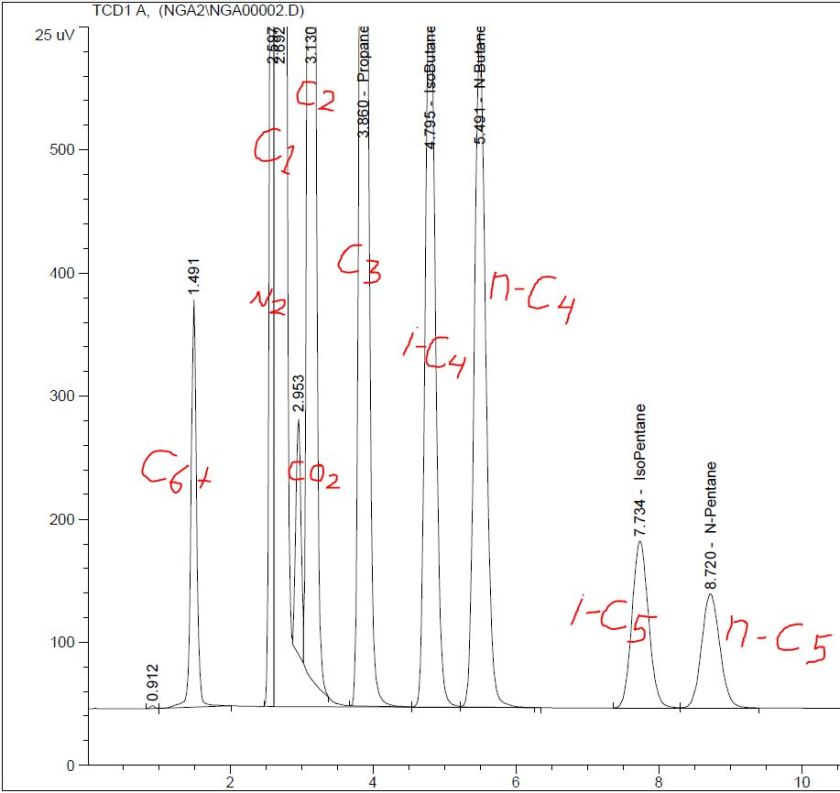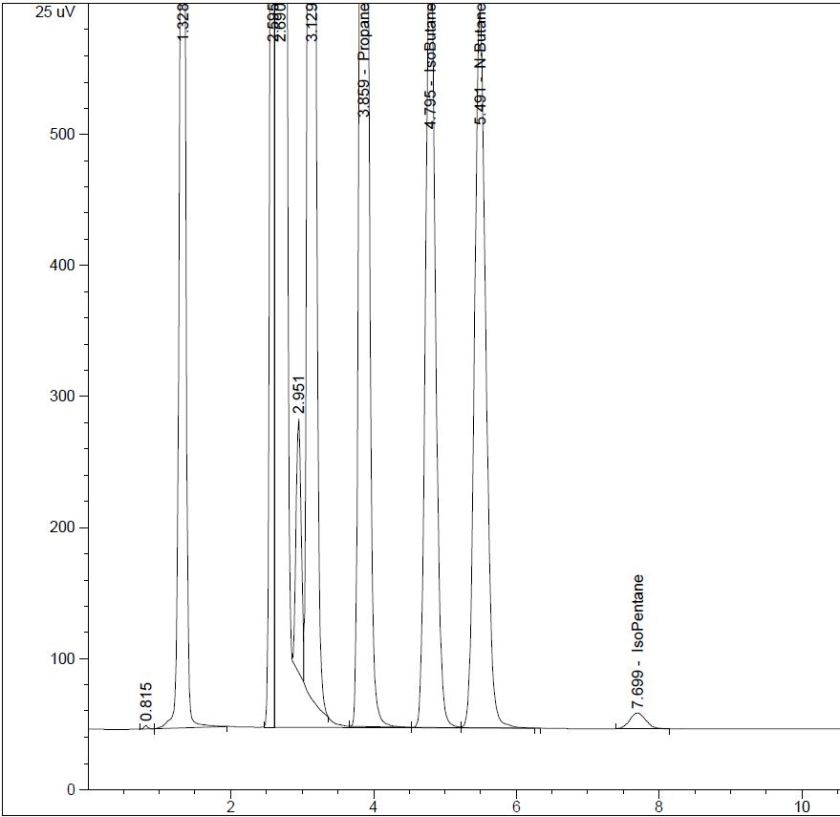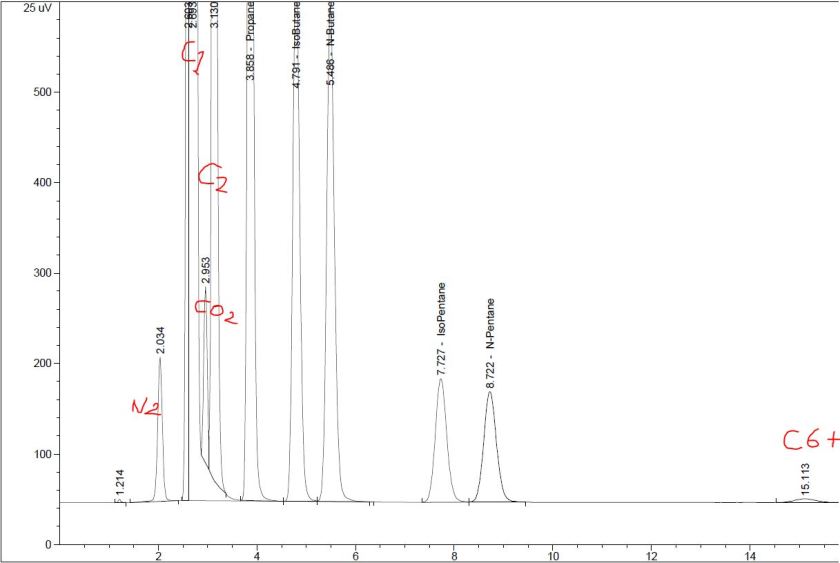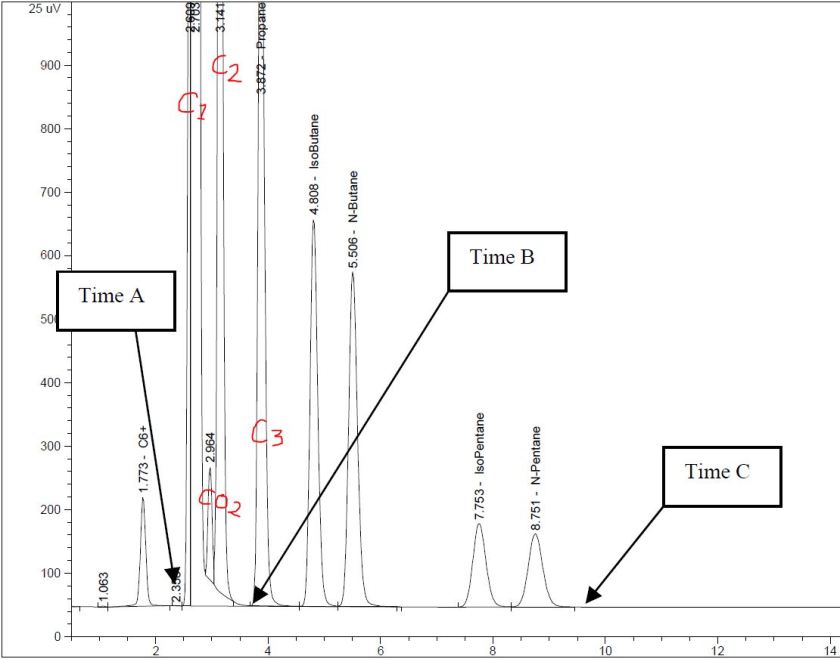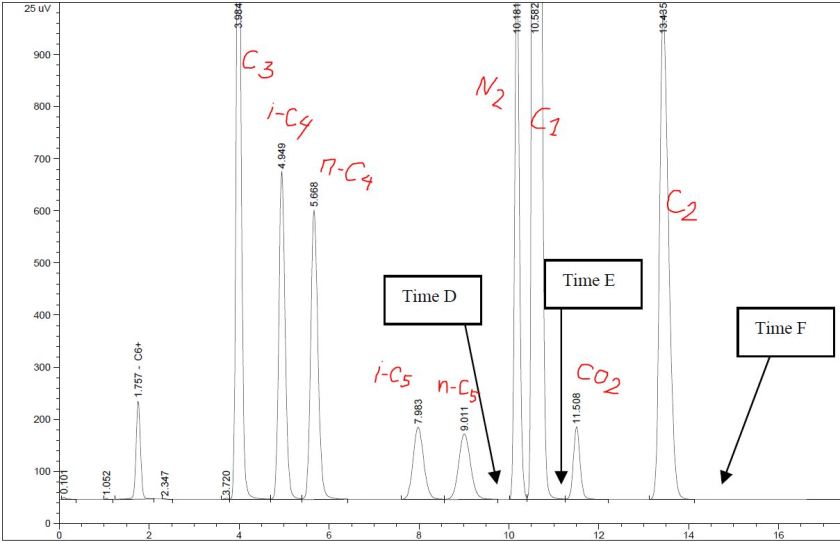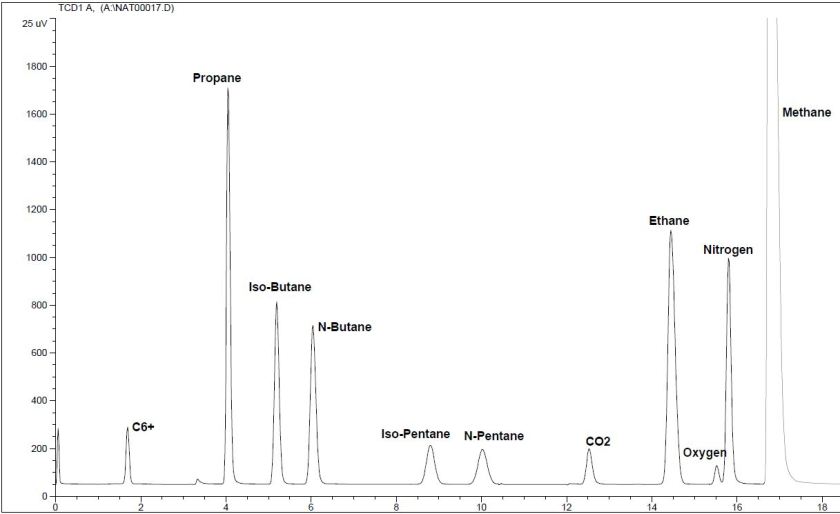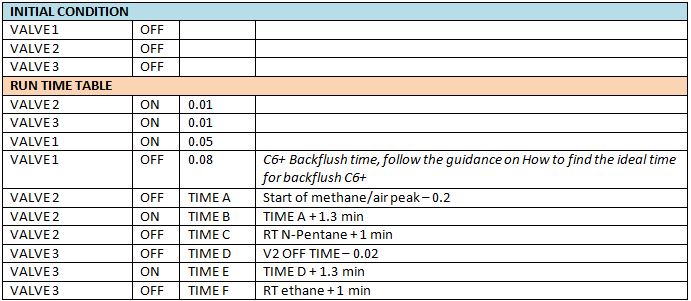Mengurus pindah KTP dan KK beda provinsi
Saya ingin sharing mengenai tata cara pengurusan pindah KTP dan KK beda provinsi. Saya sebelumnya berdomisili di Balikpapan, Kalimantan Timur dan pindah ke Kota Bandung, Jawa Barat akhir tahun 2018.
Mengurus KTP dan KK ini sebetulnya mudah asalkan tau tata caranya. Anda bisa searching di google mengenai tahapannya dari website resmi pemerintah maupun dari sharing kawan2 netizen seperti yang saat ini saya lakukan, mudah2an memberi bayangan kepada anda apa saja yang harus disiapkan. Anda perlu bersabar dan meluangkan waktu untuk urusan administrasi ini.
Tahap 1. Meminta surat pengantar pindah dari RT daerah asal (sesuai alamat KTP)
Jika anda punya no Hp atau WA pak RT akan lebih baik untuk dihubungi lebih dahulu dan dijelaskan maksud dan tujuannya yaitu mengurus surat pindah. Anda infokan nama anda, alamat asal anda, dan alamat yang dituju, kirimkan juga foto KTP suami istri dan KK. Jika pak RT responsif, akan sangat memudahkan anda sehingga anda tinggal janjian kapan mau diambil. Perlu diingat, pak RT juga punya kesibukan lain sehingga sebaiknya janjian terlebih dahulu. Blangko surat keterangan pindah ini sudah ada, sehingga pa RT tinggal mengisi saja sesuai informasi yang anda berikan. Jangan lupa siapkan copy KTP suami istri dan KK. Biaya gratis (kecuali ada iuran RT yang masih nunggak,…:p)
Tahap 2. Ke kelurahan dengan bekal surat pengantar pindah dari RT dan copy KTP KK.
Sebaiknya anda datang di pagi hari, serahkan surat dan copy tersebut. Petugas kelurahan akan menyiapkan surat ket pindah dari kelurahan, anda tinggal duduk menunggu, kalo kemarin saya mengurus surat ini hanya menunggu 30 menit (tergantung antrian). Setelah menunggu, anda akan memdapatkan surat keterangan pundah dari kelurahan, dan bisa langsung langsung ke CAPIL jika masih ada waktu (pelayanan CAPIL tutup jam 2). Surat keterangan ini berlaku 7 hari kerja, Biaya gratis
Tahap 3. Ke CAPIL dengan bekal surat ket pindah dari kelurahan dan bawa KK asli.
Kenapa membawa KK asli? Karena KK asli anda akan ditarik oleh CAPIL. Datang ke CAPIL, ambil no antrian sesuai loket pelayanan. Serahkan surat ket pindah dan KK asli. Surat keterangan pindah akan diproses selama 7 hari kerja. Anda akan diberikan nota/surat untuk pengambilan berkas, biasanya sudah tertulis kapan pengambilannya. Setelah 7 hari kerja, anda datang dengan membawa nota tersebut dan anda akan mendapatkan surat ket pindah dari CAPIL, surat ini berlaku 30 hari. Biaya gratis.
Tahap 4. Minta surat pindah masuk ke RT RW yang dituju.
Sama seperti tahap 1, sebaiknya anda janjian dulu dengan pak RT dan memberikan data2 via WA. Anda datang ke pak RT, bawa copy KTP, KK, surat ket pindah CAPIL. Pak RT akan mengisi blangko surat pindah masuk dan KK sementara/pengganti sesuai data yang anda berikan. Tandatangan sampai RW.
Tahap 4. Ke kelurahan yang dituju, bawa copy KTP dan KK lama, KK sementara/pengganti, didalam map warna merah
Anda serahkan berkas2 tersebut, nanti pihak kelurahan akan membuat surat pengantar untuk pembuatan KK dan KTP untuk kecamatan. Anda menunggu sekitar 30 menit (tergantung antrian). Biaya gratis
Note:
cukup sampai kecamatan, tidak perlu ke CAPIL daerah tujuan
Surat pengantar dari CAPIL berlaku 30 hari, ada beberapa kota yang strik ada juga yg fleksibel, untuk daerah yang saya tuju fleksibel, bahkan pa RT bilang ada juga yg sudah 2 bulan masih diproses
Warna map merah diberitahu oleh pak RT kalo ke kelurahan dan kecamatan, berkas dimasukkan dalam map merah
Tahap 5. Langsung ke Kecamatan , dengan bekal surat dari kelurahan, copy KTP dan KK lama, KK sementara/pengganti, foto copy buku nikah
Ambil antrian, serahkan semua berkas ke loket yang sesuai, petugas akan memeriksa berkas, jika sudah lengkap, anda akan memperoleh nota untuk pengambilan KK, proses 2 minggu.
Setelah 2 minggu, KK sudah jadi dan diambil, langsung fotocopy, serahkan lagi ke loket kecamatan untuk pembuatan KTP, waktu proses 1 bulan karena keterbatasan blangko KTP. Tidak ada rekam ulang karena KTP saya sudah eKTP.

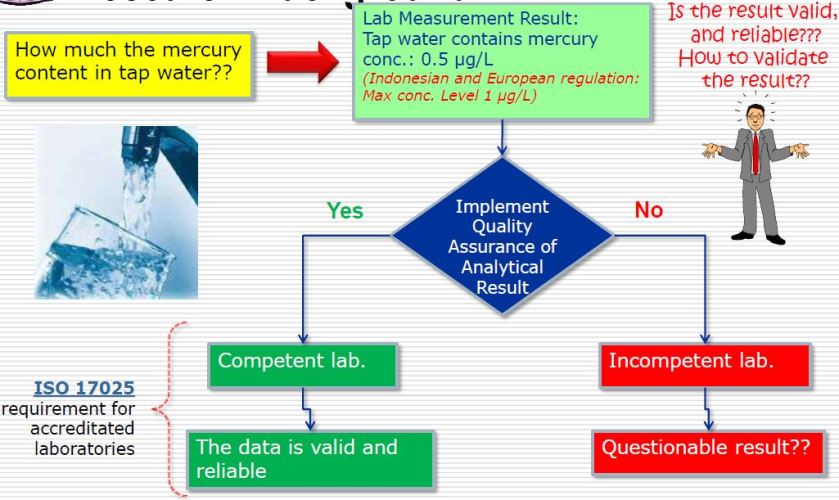
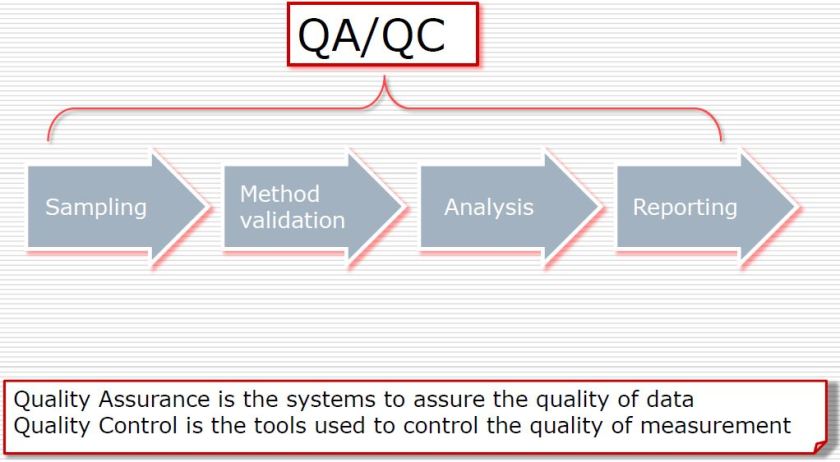

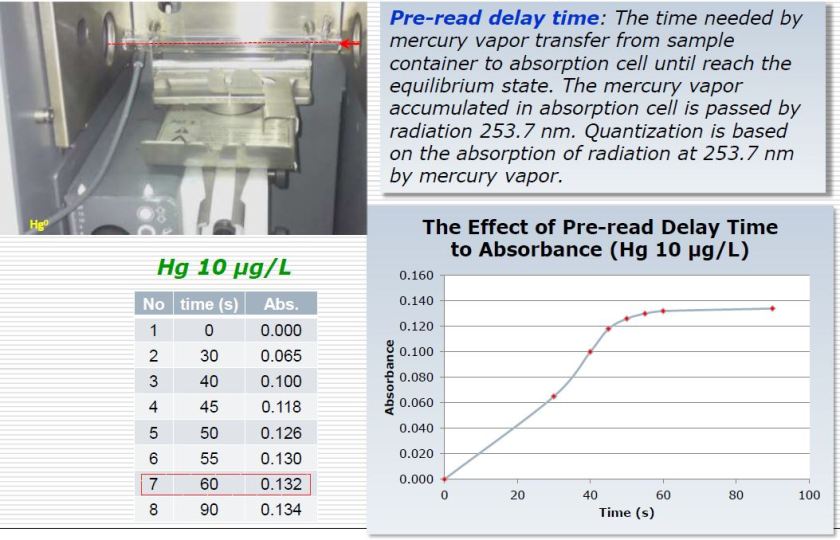
 At this condition, sample/standard gas flows thru sample loop in and out, while carrier gas flows into DC200 –> UCW –> HAYESEP Q –> MOLSIEVE –> TCD
At this condition, sample/standard gas flows thru sample loop in and out, while carrier gas flows into DC200 –> UCW –> HAYESEP Q –> MOLSIEVE –> TCD Run the sample/standard gas. Carrier gas will push sample from sample loop to UCW –> DC200 –> TCD, while Valve 2, and 3 ON, no sample flows to HAYESEP Q and MOLSIEVE. Notice the flow direction UCW change inversely between ON and OFF at Valve 1.
Run the sample/standard gas. Carrier gas will push sample from sample loop to UCW –> DC200 –> TCD, while Valve 2, and 3 ON, no sample flows to HAYESEP Q and MOLSIEVE. Notice the flow direction UCW change inversely between ON and OFF at Valve 1. When valve 1 is OFF, C6+ retained at UCW are backflushed, while N2, C1, CO2, C2, C3, iC4, nC4, iC5, nC5 were in DC 200 column. So the sequence in chromatogram with this setting will be like this (fig 1) : C6+, N2, C1, CO2, C2, C3, iC4, nC4, iC5, nC5. At chromatogram, check that both pentane peaks (i-C5 and n-C5) are present and that there is no C6+ coming out later in the run.
When valve 1 is OFF, C6+ retained at UCW are backflushed, while N2, C1, CO2, C2, C3, iC4, nC4, iC5, nC5 were in DC 200 column. So the sequence in chromatogram with this setting will be like this (fig 1) : C6+, N2, C1, CO2, C2, C3, iC4, nC4, iC5, nC5. At chromatogram, check that both pentane peaks (i-C5 and n-C5) are present and that there is no C6+ coming out later in the run.